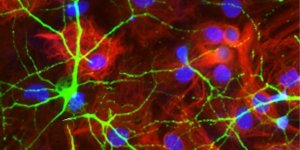| News / Science News |
Scientists tackle mystery of thunderstorms that strike at night
NSF | MAY 22, 2015
Thunderstorms that form at night, without a spark from the sun's heat, are a mysterious phenomenon. This summer, scientists will be staying up late in search of some answers.

Plains Elevated Convection at Night (PECAN) scientists are studying nighttime thunderstorms. ![]()
From June 1 through July 15, researchers from across North America will fan out each evening across the Great Plains, where storms are more common at night than during the day.
Thunderstorms that form during the day are less puzzling than nighttime storms.
The sun heats the surface of Earth, which in turn warms the air directly above the ground. When that warm air is forced to rise, it causes convection--a circulation of warm updrafts and cool downdrafts--and sometimes creates a storm.
But the formation of thunderstorms at night, when the sun is not baking the land, is less well understood.
Scientists believe that several factors may interact to contribute to nocturnal storm formation and maintenance: a stable layer of air at the surface; a strong wind current above that layer, known as a low-level jet; and atmospheric waves, some of which are called "bores," that ripple out from the storms themselves.
The Plains Elevated Convection at Night (PECAN) field campaign will involve scientists, students and support staff from eight research laboratories and 14 universities.
YOU MAY ALSO LIKE



